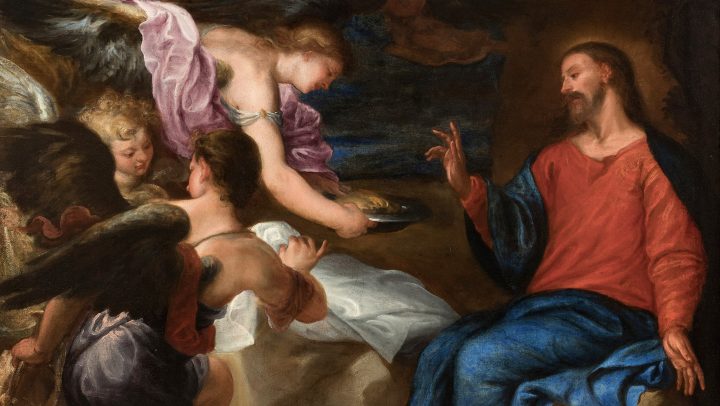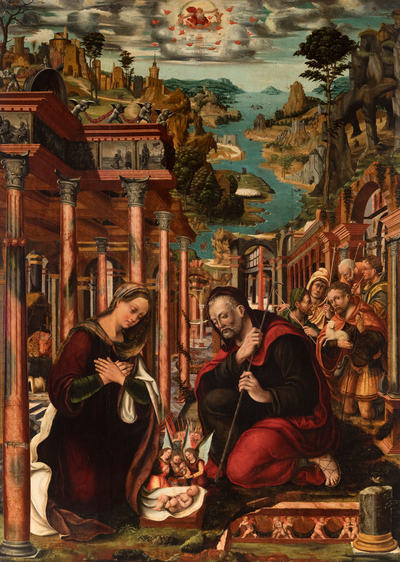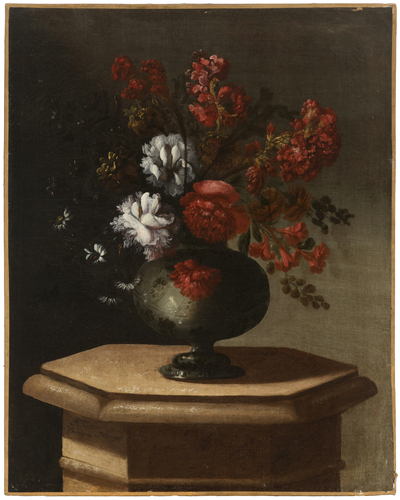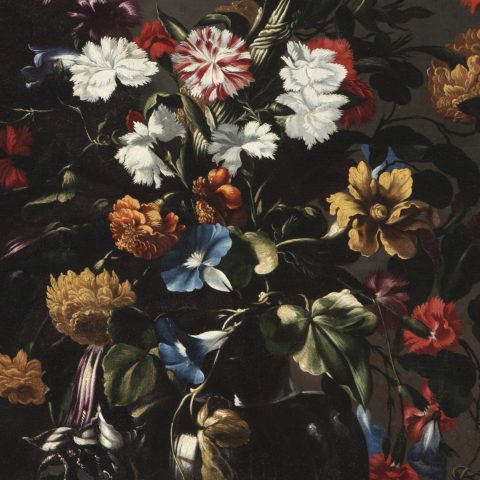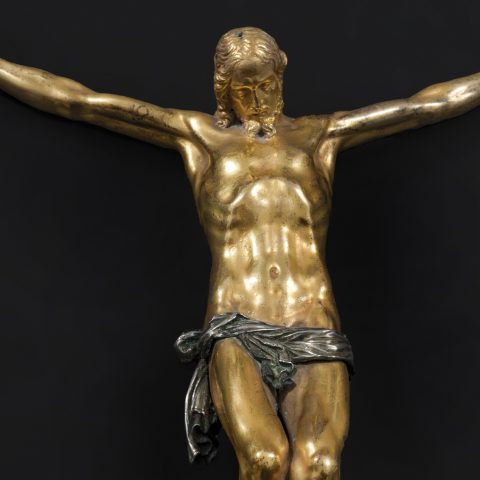How does a museum come to build its collection? Museums are institutions designed to expand the knowledge and history of each place and its society, a beacon of knowledge that evolves over time and, therefore, must move forward. Take, for example, the most important museum in Spain and, arguably, one of the richest in the world: the Prado Museum.
At the beginning of the 19th century, during the reign of Ferdinand VII, it was decided to transfer some of the masterpieces of the royal collection to a public gallery. Let’s think that since the time of the Habsburgs, many of the treasures were, relatively, within the reach of the public in, for example, the Alcazar of Madrid or the Escorial. But it was the Prado that definitively brought art closer to the people in Spain, becoming a source of pride for them.
The institution was expanding its holdings thanks to additions such as the Museum of the Trinity, with goods from the ecclesiastical disentailments or from important donations, as is the case even today (see the legacy of Plácido Arango or Óscar Alzaga). These great patrons, as well as other anonymous ones, have considerably expanded the catalog with respect to the original one. However, curators have an essential job, not only to guard and research the existing pieces, but also to find the “missing” pieces of the puzzle that represents history. Their deep knowledge makes them always alert to the works that appear on the market or in private collections. His quick action and good eye allow the state or the museum itself to acquire that crucial gear that will allow us to continue writing our past in order to understand it better.
Setdart is deeply proud to be part of this process. During the last year, several Spanish institutions have found in our auctions fundamental pieces for their collections.
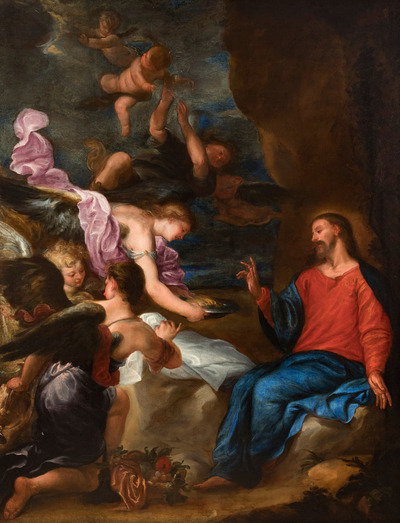
Continuing with the thread of the Prado Museum, last March it acquired in the sale of the Old Masters auction a canvas by the painter Claudio Coello “Christ served by angels”. This magnificent canvas could not have found a more appropriate destination. Autograph work by the master of the Madrid Baroque when he was only nineteen years old.
Two museums located in the city of Valencia discovered four works of great value for their collections. The Fine Arts Museum of Valencia was awarded an exceptional portrait by Allori representing the great Duke of Tuscany Comes I de Medici and a masterpiece of the Renaissance of the Crown of Aragon, the Nativity of John of Burgundy.
The National Museum of Ceramics acquired two canvases by two Valencian geniuses, Agustín Esteve and Vicente López Portaña, a very wise purchase since the portraits were linked to the headquarters itself, the palace of the Marqués de Dos Aguas.
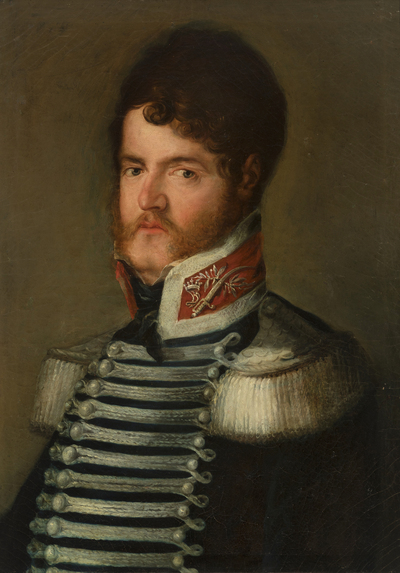
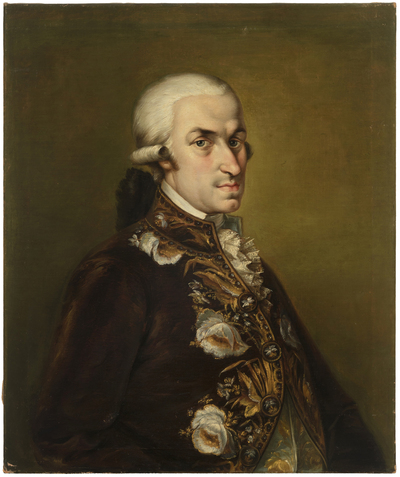
We have mentioned only a few examples, but we can also mention as buyers of works in Setdart the National Sculpture Museum of Valladolid, the Capricho Museum, the Ducal House of Osuna, the Sorolla Museum or the National Museum of Decorative Arts. Part of our job is to bring to light the treasures hidden in the private sphere and this task influences a fundamental part of the life of each museum.
Thus, we encourage you all to gradually visit our museums since, as we affirm, they are in constant change and progress.

